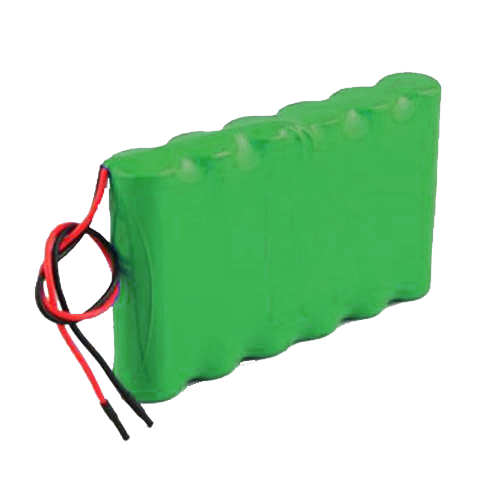Lithium-ion batteries, also known as li-ion/LIB, are a family of rechargeable batteries where the lithium-ion moves from the negative electrode to the positive one during discharge and back again during charging the device. This type of battery is most common in consumer electronics that are portable. It is because they have one of the best energy densities, no memory effect, and a slow loss of charge when not in use. You can also buy lithium-ion batteries via https://nuenergystorage.com/prismatic-batteries/.

They work during discharge the lithium ions “Li” carries the current from the negative to the positive electrode. During charging an external electrical power source applies a higher voltage than that produces by the battery which forces the current to pass in the reverse direction.
There are some advantages when using this type of battery such as they are made in a wide variety of shapes and sizes in order to efficiently fit the devices they power. They are light, have a high open-circuit for voltage, and have no effect on memory. They also have a lower self-discharge rate of approximately 5-10% per month versus other batteries like NiMH with 30% per month. Another important advantage to look at is that they are environmentally safe because there is no free lithium metal. This in return creates an environmentally friendly product.
Overall, lithium-ion batteries are rechargeable batteries found in many consumer devices that are electronic. It is efficient because it provides recharge to the battery that is effective and does not affect the self-discharge rate as much as other methods. When looking into how batteries work it is important to understand how they work so that you can buy the best battery to power your device.
